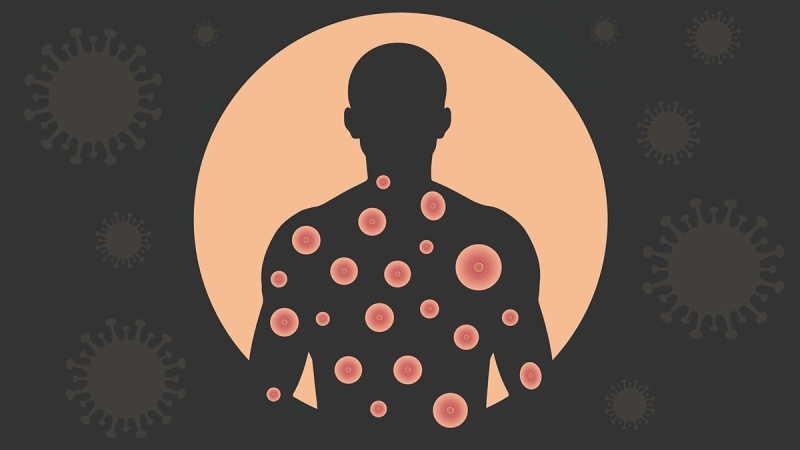Monkeypox (Mpox)

- 03 May 2024
Why is it in the News?
The Democratic Republic of the Congo (DRC) is struggling to contain its biggest Mpox outbreak.
What Is Monkeypox (Mpox)?
- Mpox (formerly known as monkeypox) is a rare viral infection caused by the mpox virus, a member of the orthopoxvirus genus.
- It was first discovered in 1958 in monkeys but can also infect humans and other animals.
- Mpox typically presents with a range of symptoms and can be transmitted through close contact with infected individuals or animals.
Symptoms:
- Mpox symptoms often begin with fever, muscle aches, and sore throat, followed by a rash that starts on the face and spreads across the body.
- The rash evolves over two to four weeks, forming macules, papules, vesicles, and pustules before crusting over.
- Lesions can also appear on the palms of the hands and soles of the feet.
Causes:
- The mpox virus is primarily transmitted through direct contact with the skin lesions, body fluids, or respiratory droplets of infected individuals or animals.
- It can also be contracted through contaminated materials, such as bedding or clothing.
Prevention:
- Preventing mpox involves avoiding contact with infected individuals or animals, practising good hygiene, and disinfecting contaminated surfaces.
- Vaccines are also available for individuals at high risk of contracting the virus.
Treatment:
- There is currently no specific treatment for mpox, but symptoms can be managed with supportive care, such as fever reducers and pain medications. In some cases, antiviral medications may be used.
